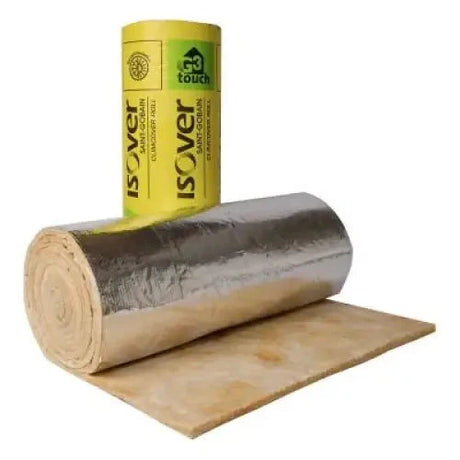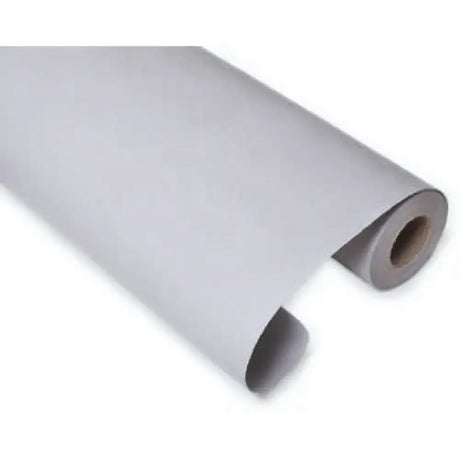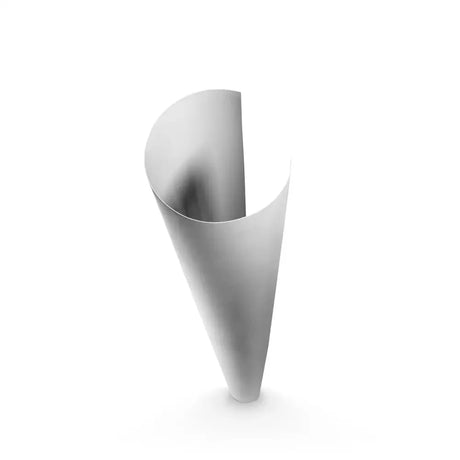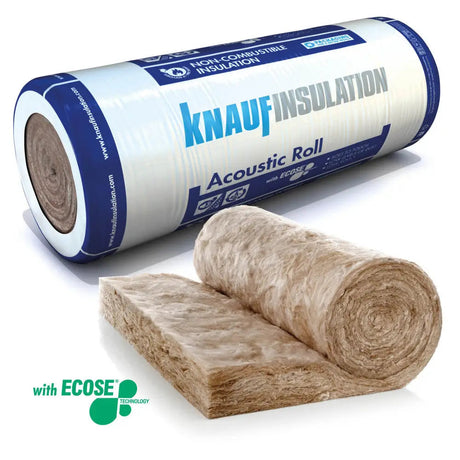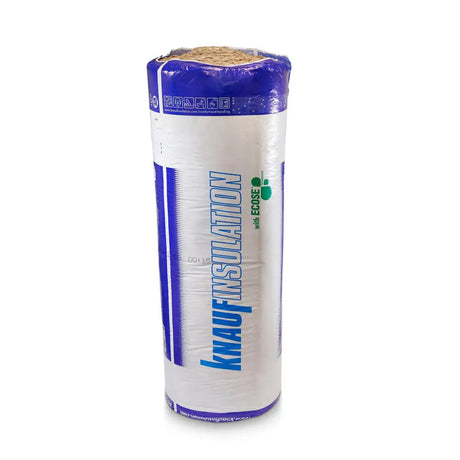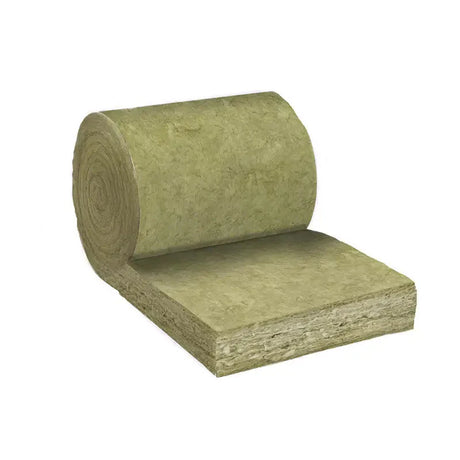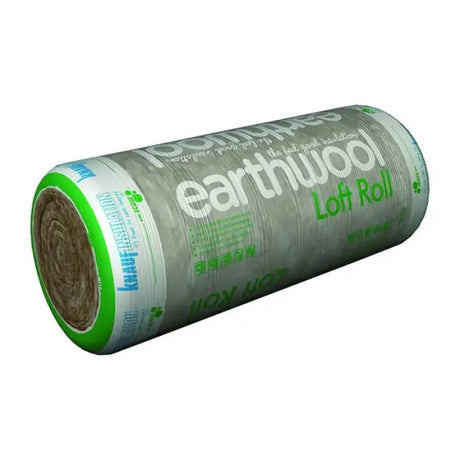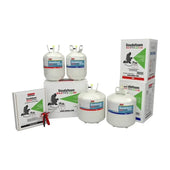TL;DR
How To Get Fiberglass Out of Your Skin?
Don't scratch the affected area to avoid pushing fibres deeper into your skin. Carefully remove clothing to avoid shaking off fibres, and wash these clothes separately. Rinse the affected area with cold water to contract your skin and push the fibres to the surface. Apply a solution of Epsom salt dissolved in warm water to the skin to help draw out fibres. Use a piece of duct tape on the affected area to pull out the fibres, but avoid using this method on sensitive areas. Soothe the skin with a topical cream or lotion that contains ingredients like aloe vera, hydrocortisone, or calamine. Seek medical attention if symptoms persist or if signs of infection, such as increased redness, swelling, or pus, occur.
A Common Conundrum in the Insulation World
We've all been there. Amidst the noble effort of installing insulation, the itchy aftermath often known as the 'fibreglass fallout'. Uncomfortably scratchy and sometimes even a painful experience, we're left contemplating how to extract these microscopic menaces. Let's unweave the complicated and the familiar – how to get fibreglass out of your skin.
Fibreglass: A Foe in Disguise
Regarded as a superhero of insulation materials, fibreglass is lauded for its cost-effectiveness, fire resistance, and thermal efficiency. Yet, it has a small drawback. Its minute glass fibres, when dislodged, can lodge into skin, causing an irritating itch or even slight skin damage.
Understanding the 'Fibreglass Itch'
The 'fibreglass itch' is your body's reaction to these foreign intruders. When fibreglass particles enter your skin, your immune system defends itself, causing an inflammatory response that leads to the itch. Whilst discomforting, it's generally a temporary reaction and can be managed effectively with the right techniques.
Step-By-Step Guide to Removing Fibreglass from Skin
Step 1: Don't Scratch
This might sound like a case of 'easier said than done', but refraining from scratching is paramount. Scratching can push the fibres deeper into your skin, making them more difficult to remove, and potentially cause infection.
Step 2: Safely Remove Clothing
Clothing can harbour these bothersome fibres. Carefully remove your clothing to avoid shaking off fibres, exacerbating the problem. It's advisable to wash these clothes separately to prevent fibreglass from spreading to other garments.
Step 3: Rinse with Cold Water
Cold water helps to contract your skin, pushing the fibres to the surface. Taking a cold shower or applying a cold compress to the affected area can expedite the removal process. Avoid hot water, as it can open your pores, causing further fibre penetration.
Step 4: Application of Epsom Salt
Epsom salt is renowned for its powerful skin-healing properties. Dissolve a generous handful of Epsom salt in warm water, then apply to the skin, helping to draw out fibres.
Step 5: Use Duct Tape
A slightly unconventional, yet effective trick in the book. Apply a piece of duct tape to the affected area, press lightly, and then gently peel it off. The sticky surface will pull the fibres out. However, refrain from using this method on sensitive areas.
Step 6: Apply a Topical Cream
Once you've followed the steps above, soothe the affected skin with a topical cream or lotion. Look for products with ingredients like aloe vera, hydrocortisone or calamine, which can help reduce inflammation and soothe itchiness.
Prevention: The Best Cure
As with any problem, prevention is key. When handling fibreglass, always wear long-sleeved shirts, long trousers, gloves, and eye protection. Try using barrier creams or lotions, which can provide an additional layer of protection.
When to Seek Medical Advice
If your symptoms persist after trying these remedies, or if you notice signs of infection, such as increased redness, swelling or pus, seek medical attention. While fibreglass itch is usually not severe, it's essential to monitor your symptoms to prevent any possible complications.
Parting Thoughts
Fibreglass insulation, despite its one prickly drawback, is still a trusted ally in our pursuit of energy efficiency and environmental sustainability. And with these tips to tackle fibreglass itch, you'll be well-equipped to continue your insulation adventures without fretting over fibreglass fallout. Remember, the path to a greener tomorrow might be itchy, but it's undoubtedly worth the mild discomfort.
Frequently Asked Questions
Q: What causes the 'fibreglass itch'?
A: The 'fibreglass itch' is caused by tiny fibreglass particles entering your skin, causing an inflammatory reaction from your immune system which results in an itch.
Q: How can I prevent fibreglass particles from getting on my skin?
A: When handling fibreglass, always wear protective clothing like long-sleeved shirts, long trousers, gloves, and eye protection. Consider using barrier creams for extra protection.
Q: Why is it crucial not to scratch the affected area?
A: Scratching can push the fibres deeper into your skin, making them more difficult to remove, and could potentially lead to infection.
Q: Why should I rinse with cold water instead of hot water?
A: Cold water contracts your skin and pushes the fibres to the surface. Hot water, on the other hand, opens your pores, allowing fibres to penetrate deeper into your skin.
Q: How does Epsom salt help?
A: Epsom salt is known for its skin-healing properties. It helps draw out the fibres from the skin.
Q: How effective is the duct tape method?
A: The duct tape method can be effective as the adhesive pulls out the fibres. However, it should be used cautiously and avoided on sensitive areas.
Q: When should I seek medical help?
A: If your symptoms persist after trying these remedies, or if you notice signs of infection, such as increased redness, swelling, or pus, you should seek medical attention.


